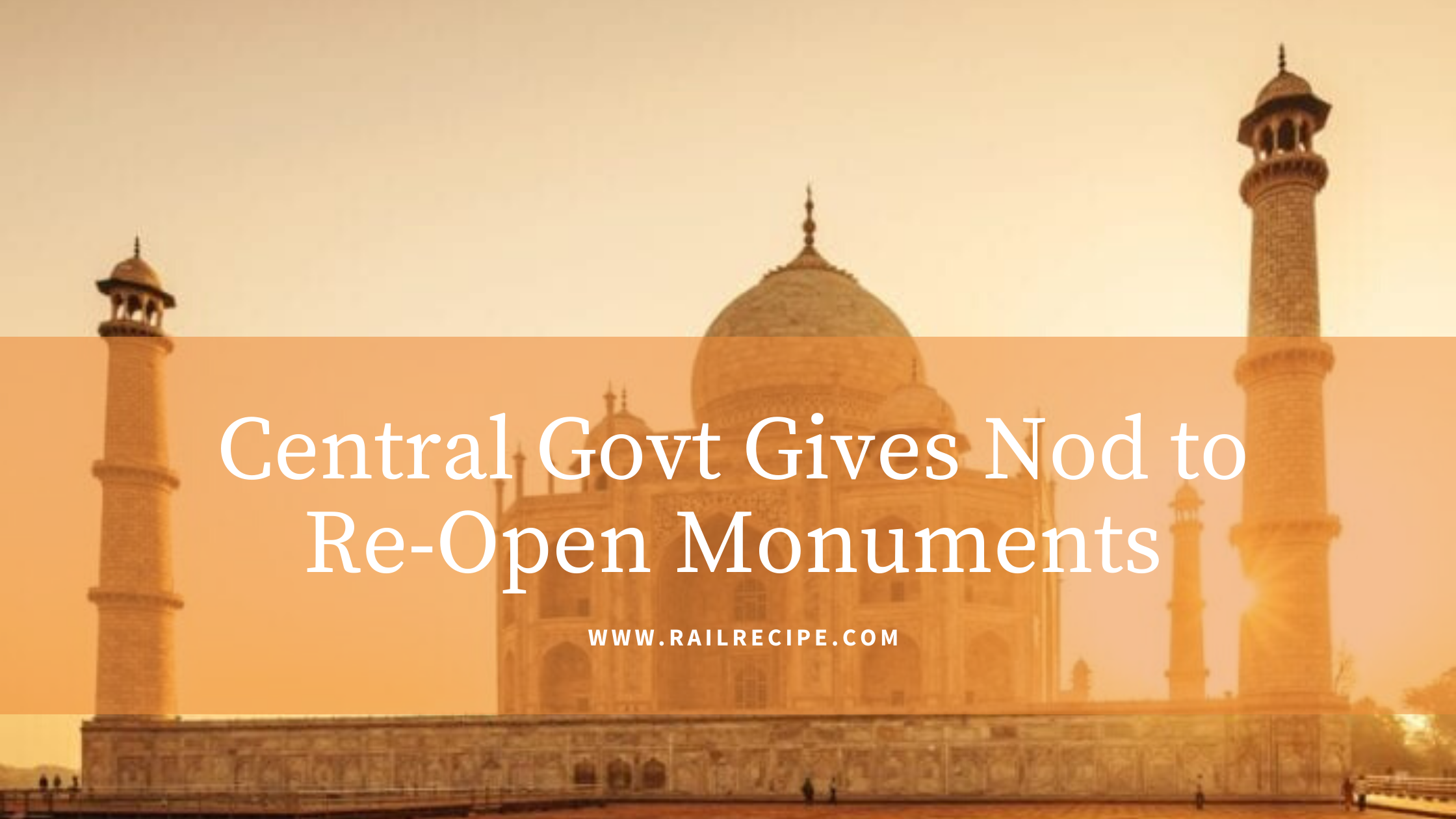Citizens were barred from visiting any monumental sites across the nation amidst the pandemic situation and lockdown imposed to prevent the spread of infections across the nation. India seemed to be very pro-active in imposing lockdown measures and in the prevention of any such trafficking of people for un-wanted reasons until and unless it was very essential. Over 3,400 monuments were shut down by ASI on 17th March.
Now, the un-lock measures being in place, the government of India is gradually opening up the services and getting back to the new normal with defined SOP’s for every sector. In a recent development, Central Govt. gave the nod to re-open the monuments via its official Twitter handle:
After a shutdown of more than 100 days, the @ASIGoI protected monuments are set to open for public from today i.e 6th July, 2020 while following all the SOP guidelines issued by the Central Government. pic.twitter.com/IESYOqvfYY
— Ministry of Culture (@MinOfCultureGoI) July 6, 2020
Keeping the instructions in mind, the Golconda Fort in Hyderabad has been reopened for tourists. Moreover, ASI has released the list of monuments that have reopened in Odisha from today:
Archaeological Survey of India (ASI), Bhubaneswar Circle releases a list of non-living monuments/sites and museums that will open from July 6. pic.twitter.com/GVlzi4iQub
— ANI (@ANI) July 4, 2020
Rules to be followed by visitors at these monuments:
- No physical tickets will be issued until further orders and visitors will have to buy entry tickets through e-mode only.
- Visitors will have to compulsorily wear masks and use sanitizers regularly.
- There will be separate paths for entry and exit.
- There will be thermal scanners at the entry points and only asymptomatic visitors will be allowed.
- There will be staggered entry and a cap on the number of people who can be present in a monument at a given time.
- Group photography and eatables will not be allowed inside the premises. Moreover, cafeterias and kiosks inside the monuments will only serve bottled water on a digital payment basis.
These monuments also generate revenue for the government, and though the ministry did not reveal the exact figures, they have listed the top 10 revenue-generating monuments on their official website. These include the Taj Mahal on the top, followed by Agra Fort and the Qutub Minar (Delhi).


